
Seeing Without A Camera
What is it that photographers do that allows them to be more creative? I can tell you from my recent experience that a part of the secret lies in realizing that things are not always what they seem.
We’ve compiled thousands of photography tips for photographers of all sorts, from beginners to pros. Follow us for new tips every day, all from the world’s leading photography experts.

What is it that photographers do that allows them to be more creative? I can tell you from my recent experience that a part of the secret lies in realizing that things are not always what they seem.
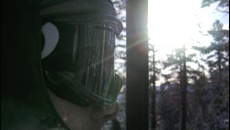
“Never shoot towards the light.” We’ve probably all heard this old photography “rule,” but, for now, let’s treat it more as a general guideline. If you want to shoot some photos that really pop, that really jump out and grab you—shoot towards the light.
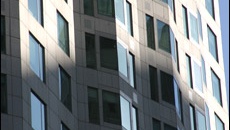
Perspective is a part of geometry teaching how to render a three-dimensional figure on a two-dimensional surface, so that, looking at the representation, we have the same impression that we have with the real figure. Therefore, it is easy to see that perspective is very important in photography.
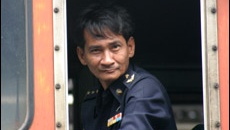
A large portion of everybody’s photo collection includes photos of people. There is no argument that high quality people portrait photos are impressive at projecting emotions and feelings and capturing the object’s character forever.

The portrait market demand reaches enormous levels especially when the requirement is almost every household across the globe in every civilized country. Think about this from another angle – you could target every building and what is more exciting is that repeat business is almost incalculable.
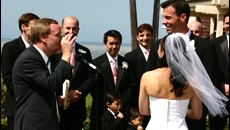
If you are going to take wedding photos, preparing ahead of time is vital. Many recommend that you prepare two months ahead. To start preparation, you must get to know the bride and groom taking, careful note of their needs and wants.

For years we used film cameras and as a result most of us accumulated many paper prints made from such film. We can keep those paper prints albums as is or find ways to upgrade them into the new digital era.

Depth of field (DOF) is the distance in front of and beyond the subject that appears to be in focus. It is influenced by three factors.
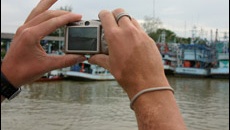
So you’ve purchased a quality digital camera, learned how to use it, and are taking brilliant photos. Even if you have no desire to become a professional photographer, you can still earn a little bit of cash from your hobby by selling your picture as stock photos.

Setting the size of an image is something specific to digital cameras, it just didn’t exist on film cameras. One effect of changing the size of image your camera captures is that it also affects the size of the digital image file your camera stores on its memory card and therefore the number of pictures you can store on any given size of card.